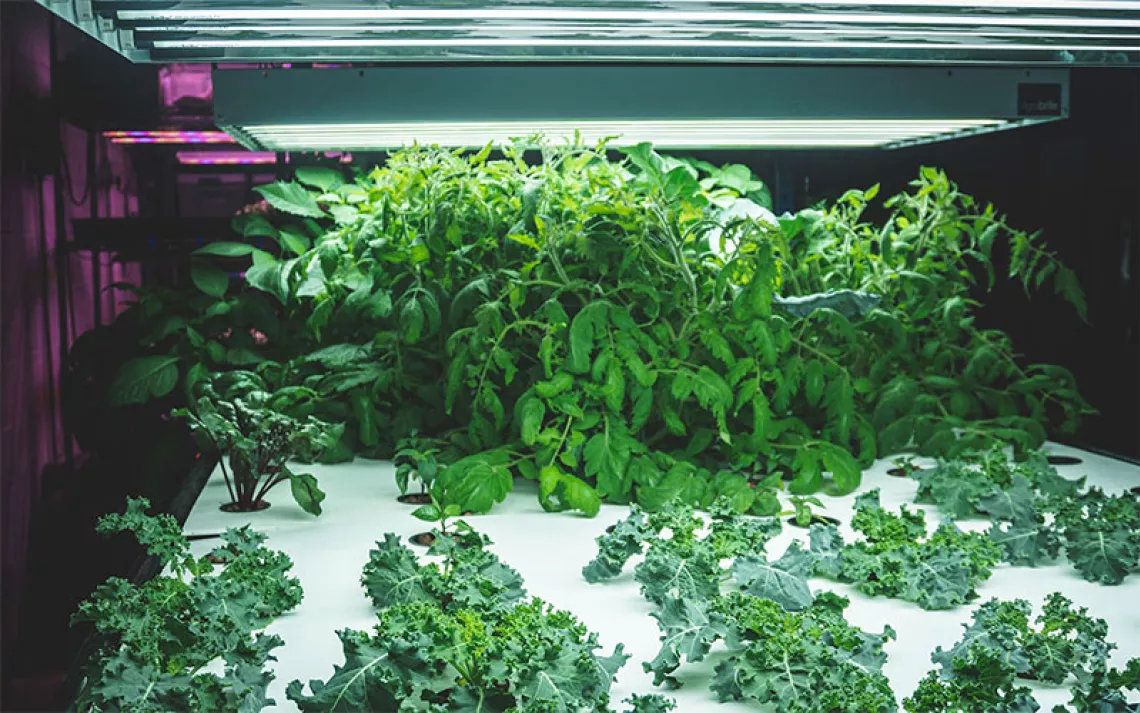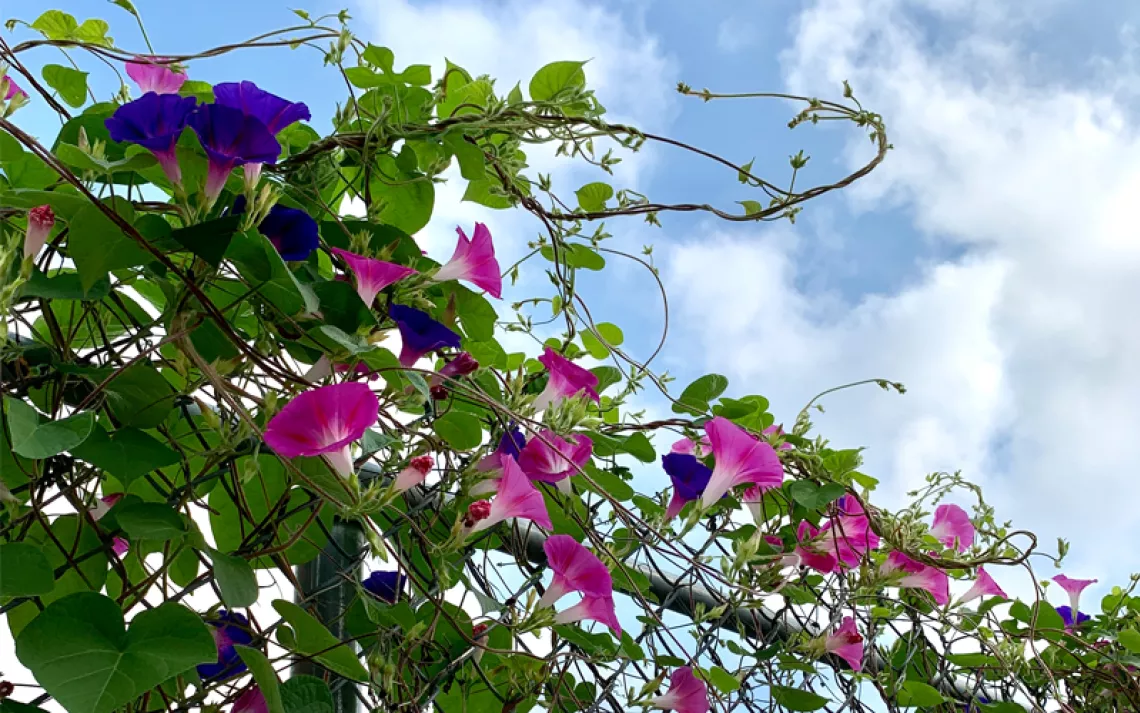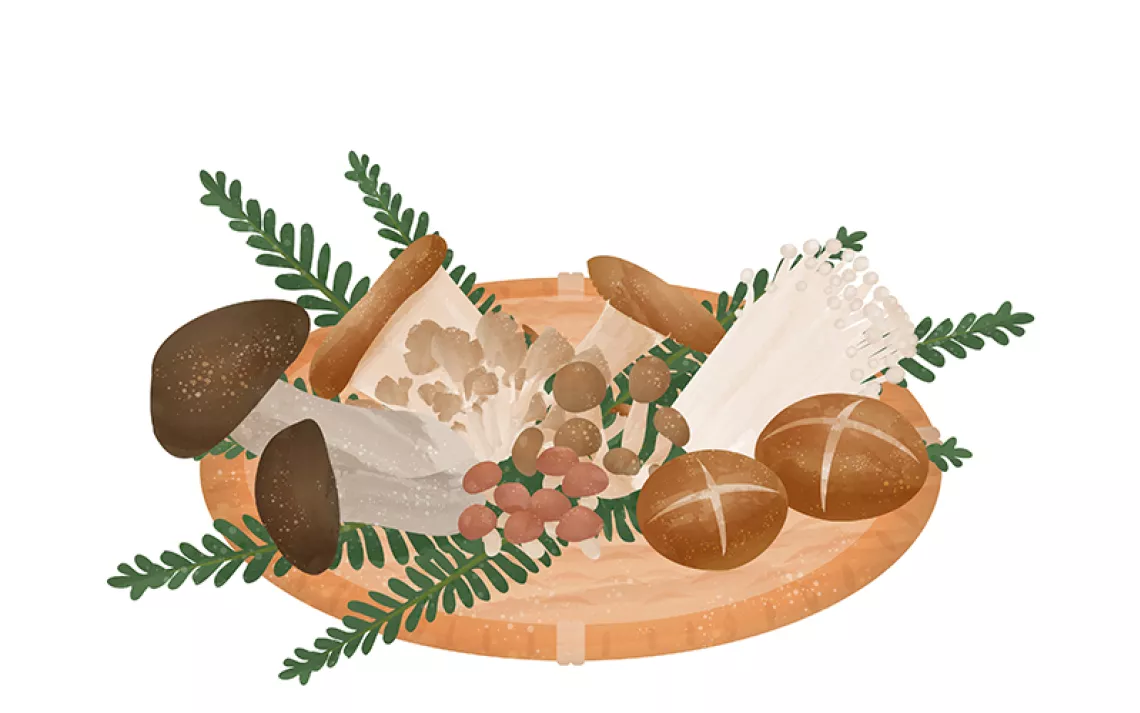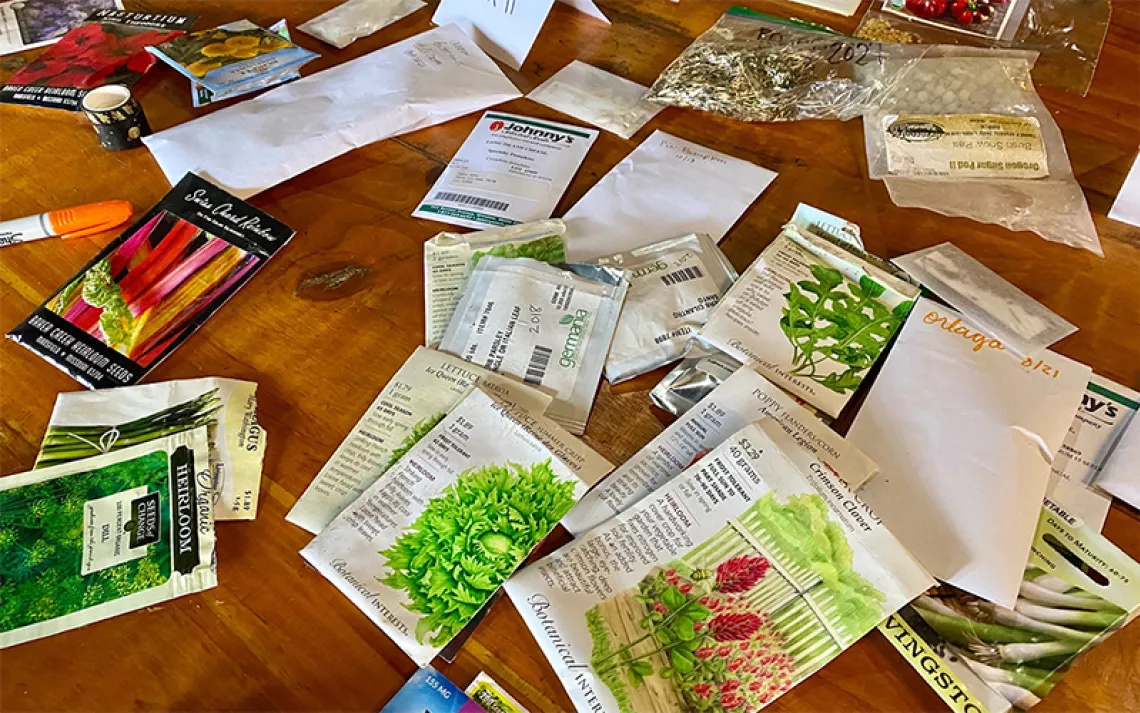9 Ways to Get Your Pandemic Victory Garden off the Ground
A veteran urban farmer reveals how to grow food anywhere
Going to the grocery store in the time of COVID-19 feels like an act of desperation. What if you could cut down on hours spent braving masked lines and spend more time traipsing through your own safe backyard to pick some kale for dinner? I’ve always found that growing my own food feels liberating, but these days, it feels urgent.
As an urban farmer for the past 20 years, I have seen interest in urban farming wax and wane. During economic good times, it’s often treated as a novelty—“Oh look, this lady has goats in her backyard. How cute!” During, say, a recession or a pandemic, though, the thought process shifts: “Look, this lady has goats in her backyard. Let’s get some too!”
Much to my chagrin, over the course of good economic years, I got rid of my rabbits, then my goats, then my chickens, and finally, two years ago, my garden. When I moved into a North Oakland duplex with a concrete driveway and wild backyard, I didn’t even try to grow stuff at my new house. I figured I could just buy eggs and vegetables.
Then the coronavirus hit. Sheltering in place, I could suddenly see all the possibilities around me for gardening; it rekindled that spark to grow my own food again. Following are nine ways to get your COVID-19 victory garden off the ground.
1. Watch the sunlight.
Your most important consideration? How many hours of direct sunlight your garden will get. To get a good yield from tomatoes, kale, zucchini, eggplants, peppers, and potatoes, you will need at least six hours of direct sun on your plants. Firing up my new COVID garden, I spent a few days taking note of where the longest stretches of sunlight hit the driveway. Then I placed raised beds—horse stock tanks, drilled with holes on the bottom and filled with potting soil—in those areas.
Some crops don’t mind fewer hours of sunlight: lettuce, herbs like parsley and mint, spinach, and beets greens. But these plants still require at least four hours of sunlight. So I planted a few stock tanks with lettuce and herbs in a shadier corner of my yard.
My point is, before you dig or place raised beds, watch the sun move across your property—and this includes porches, balconies, and windowsills—for a few days. If there’s a sunny spot, think about how you can plant something there.

2. Expand your vegetable bed options.
If you have a backyard with plentiful sun, and you know the soil is free of lead, I recommend you start in-ground beds—it’s how we tamed our wild backyard. I took pieces of wood and staked each corner to make three three-foot-wide, 10-foot-long beds. Then I dug into the bed-to-be, turning over soil and pulling out weeds and other debris so that the bed was simply fluffy-looking soil. Then I added three to four inches of finished compost to each bed and worked it into the bed with a broadfork. My soil looked pretty dark and rich, with plenty of earthworms—a good sign. But if your soil is sandy or pale, you will need to add more compost.
Sidebar: Lead in soil is one of the biggest problems facing urban agriculture—leafy greens and root crops uptake heavy metals in the soil into their tissues, so if you grow these vegetables in heavily leaded soil, you may be eating lead in your salad. Currently, the soil labs that test for heavy metals are closed, so if you haven’t tested your soil and want to grow leafy greens and roof crops, you are better off building raised container beds.
Growing in large containers: If tilling up a backyard isn’t possible, there are other options for making beds. Be sure they’re at least 18 inches tall (deep-rooted crops like tomatoes need that much space) and use a mix of compost and potting soil that has good drainage. If you build beds out of lumber, use two-inch-wide solid wood, redwood if you want them to last. Another quicker option is to use stock tanks. The best ones for planting are made of galvanized metal, four to six feet long and three feet deep. Be sure to drill drainage holes at the bottom of these with a 3/8 drill bit. Add sand, rocks, or busted up pottery to the bottom to aid drainage. If stock tanks are sold out in your region, get a few galvanized metal trash cans. One trash can is great for growing one full-size tomato plant, four kale plants, or a medley of herbs. When gathered together, the trash cans can even look beautiful. Oscar-the-Grouch chic!

Small containers: On windowsills, you can grow herbs like cilantro, mint, bunching onions, and basil in pots. Your pot size will be dictated by your windowsill size; most sills can hold a four-inch pot. Choose pots with drainage holes, and fill with potting soil. (I’ve also seen people use those red plastic beer cups to great effect, with a hole stabbed in the bottom.) Be sure to put a drip catcher under your pot. If your windowsill is especially hot, you might need to water daily. Snip the herbs as they grow. Another option is to set up a table at a south-facing window and arrange plants to grow there.
On balconies, you can use larger-sized containers. You can usually find free five- or 15-gallon black plastic nursery containers. If beauty is important to you, used glazed pots. Half wine barrels are also rustic and cute. People tend to want to crowd lots of plants into one container, but for a five-gallon pot, plant only one cherry tomato, or three herb plants, or one zucchini. These will need to be watered regularly—during a hot summer, that means at least every other day.

3. Grow what gives a good yield.
To get the most nutrition out of your garden beds, I recommend growing greens, lettuces, herbs, and bunching onions all year round. These crops allow for multiple harvests over time and can be planted from seed. If you have extra room and loose soil, plant carrot and beet seeds. In the summer, the most productive vegetables are tomatoes, zucchini, and pole beans. For a family of four, I would suggest planting at least three tomato plants—one cherry, one a “canner” like Roma or early girls, one beefsteak or another slicer for eating fresh on salads. That same family would do well to have two zucchini plants and two cucumber plants. With beans you’ll want to “succession plant”—plant first seeds April 30, another patch May 15, another row May 30, and so on, so you’ll have beans to harvest all summer long. Don’t bother with garlic, corn (unless culturally significant), onions, leeks, or cabbages. These tend to take a long time to grow and are readily available at the store. If you have extra space, try growing pumpkins and winter squash.
4. Plant potatoes!
To reap calories and a sense of fullness during these challenging times, go for potatoes. You can just use store-bought ones: cut into halves or quarters and wait for five days until the wetness calluses over. Then plant into trenches and cover shallowly. Continue to mound soil around the plant as it sprouts up. I’ve even planted potatoes in stacks of milk crates lined with newspaper and covered with potting soil. The potato plant grows out of the holes in the milk crate and makes a nest of potatoes in the milk crate. Not huge yields, but something.

5. Grow berries.
If your goal is to eat more fruit this pandemic, you’re better off planting berry bushes, not fruit trees. Raspberries and strawberries planted right now will give you quite a few berries by the fall. But choose wisely—blueberries are usually a disappointment in terms of yield and require tons of water. Fruit trees won’t provide fruit for the first three years, but in the event that pandemics become a regular thing, and/or food scarcity increases over the next few years, it might be a smart idea to plant a few fruiting trees.
6. Get adventurous with seed variety.
Thanks to a sudden surge in veggie gardening, seeds are already getting difficult to secure—a number of seed companies are scrambling to meet demand. Be patient; they will get you your seeds eventually. And pro tip: Don’t be picky when you order. Try purple pole beans if they don’t have Kentucky wonders. If they’re out of standard-shape zucchini seeds, go for the pattypan zucchini. Also, I have noticed that Asian vegetables tend to have better germination; plus they simply grow faster. Try Chinese cabbage, bok choy, or gunsho choi sum, an amazing-tasting Asian broccoli.
Also, many regional seed banks are stepping up and getting seeds into the communities they serve. Look into your local seed bank for a possible seed hook up.
7. Buy starts for warm-season crops.
I like to buy starts for things like tomatoes, peppers, and eggplants. These are hot-weather crops that need to be started in a greenhouse to really thrive. Luckily, most areas have local plant propagators who sell to hardware stores, farmers' markets, and nurseries. You are better off planting seeds for crops like beans, peas, squash, and cucumbers directly into the ground.
8. Know that seed-saving is advanced.
Seed-saving, while amazing, takes a lot of time, and takes up garden space too. The original plant must be an open-pollinated variety—you won’t have success growing crops from seed from hybrid plants. But there are some easy crops to save seed from: cilantro, parsley, peas, and beans. If you’ve got an open-pollinated variety of tomatoes (most heirlooms are), you can save seed from them in the fall.
9. Don’t skip the flowers.
Given the times, we might be inclined to skip the flowers and solely grow edibles. But I would argue that flowers are just as important as food crops. First of all, they provide food for our pollinators—and since we need these insects to pollinate our edible crops, why not entice them into your garden? Top pollinator attractors include borage, sunflowers, and lacy phacelia. Second, some flowers act as companion plants—marigolds, for example, ward off nasty nematodes in the roots of tomato plants.
Finally, beauty is important for our mental health. So plant some cosmos or sweet pea seeds, sunflowers, or bachelor buttons this spring. A simple bouquet of home-grown flowers on your kitchen table is a reminder that the earth loves us and that we are of this earth. In these trying times, this might be the most important truth to keep in mind.
 The Magazine of The Sierra Club
The Magazine of The Sierra Club




